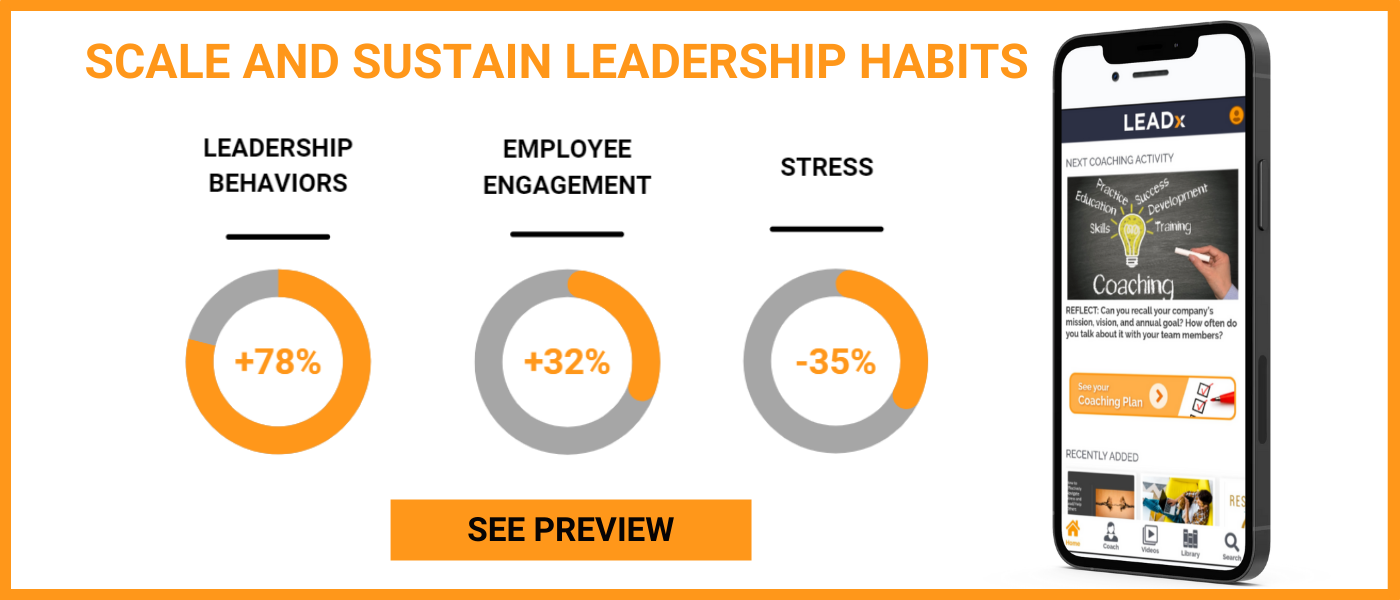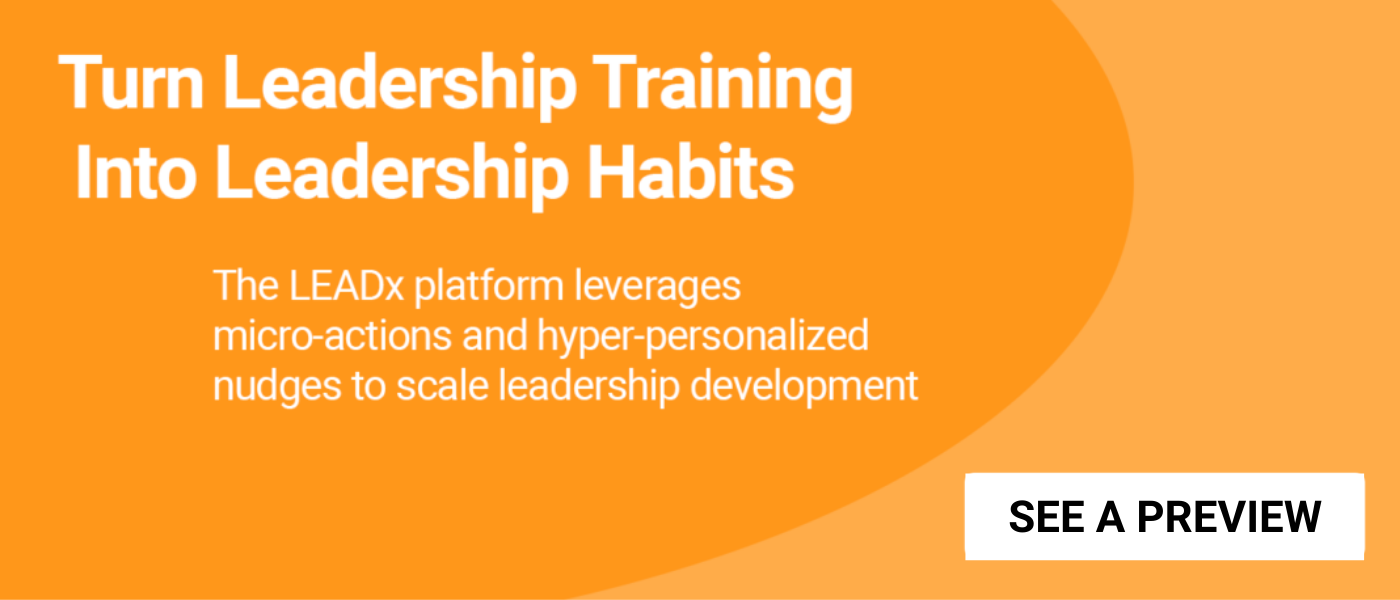
In most organizations, evidence of an effective coaching conversation is purely anecdotal. But is coaching effectiveness really something that can be measured with hard numbers? What separates the best coaches from average ones, and how does great coaching affect overall performance? And how would someone even go about collecting the data that would answer this question?
Echelon Performance is taking this guesswork out of the coaching equation. Led by industry veteran Ed McCarthy, Echelon works with some of the biggest names in the pharmaceutical industry to draw a direct line between coaching and performance. Leveraging his unique career background, McCarthy and his team have codified six criteria—in the form of the acronym BASICS—that define the best coaches across the industry.
I recently caught up with McCarthy to hear Echelon’s story and learn how the company is equipping pharma sales managers to coach their people to their highest potential—and achieve results.
This interview has been lightly edited for clarity and length.
Kevin Kruse: Tell me about how you became interested in measuring coaching effectiveness.
Ed McCarthy: I actually went to grad school for journalism and started a career on that path. I interned at ESPN and NBC and spent time at Comcast before starting my own newspaper, which I eventually sold. After that, I got a call from a friend at Merck who needed facilitators for a huge launch meeting and decided to give it a try. I ended up falling in love with the industry.
After that, I served as VP of Product Development and Business Expansion at a company that offered development and training to life sciences sales teams. During that time, in the early 2000s, I noticed the industry was really changing. The big pharmaceutical manufacturers were shifting toward more specialized investments in areas like oncology and cardiology rather than general medicine and primary care. And that discovery led me to start Echelon. I wanted to deconstruct leadership development for the coaches of these specialized sales teams and provide it to them.

Kruse: How did you discover what those managers or coaches needed?
McCarthy: I went out and did some homework. I interviewed a team of sales leaders at a client’s oncology sales team and really studied the business with a fresh perspective. One thing I heard over and over was their first-line managers were really struggling to coach. And, putting on my journalism hat, I asked, “Well, how do you know?” The standard answer was, ”It's more anecdotal at this point. We really don't have a way of knowing how good our coaching is.”
So I set out to define what the best coaches in the organization were doing. I did some investigating and studied a couple of hundred coaching forms—forms that sales managers complete at the end of a field visit with one of their salespeople. It turned out that the top-performing coaches in this organization were those who really knew how to coach to skills and could model key selling behaviors.
From there, I was able to bring in my linguistics background that came from studying English and journalism to find the linguistic criteria for the highest quality coaching. If you looked at the best managers in the group, they could explain what they wanted somebody to do differently in contrast to what they were doing today. And they were really specific in the way they approached it. Still, a lot of managers in this particular sales team couldn't do that.
So over the years we’ve studied almost 30,000 coaching reports and continue to refine those criteria. We have established an industry benchmark not just for top-performing managers, but for all managers.
Kruse: What are the criteria you discovered?
McCarthy: There are six criteria that form the acronym BASICS. We know if a manager’s coaching reflects these criteria, they are 93% more likely to be a top manager performance-wise in their organization.
B is balanced. If I’m your manager, can I balance where you are today in terms of skill with the change in behavior that I want to see? So a coach may say, “Here's what I saw you do today, and here's what I'd like to see you do differently.” That's balanced coaching. And it sounds really easy, but you'd be shocked at how difficult creating that contrast can be.
A is actionable. Too often, managers want to do it all when it comes to growing and coaching their people. Top-performing managers are different. They create a sense of ownership in their team members. They do that by asking team members to work on skill development outside the confines of a coaching session, on their own time.
S is specific. The more specific detail I can provide about how you interact with your customers, the more likely you are to be able to replicate that behavior. The goal of coaching is behavior change, so the more specific the guidance, the better.
I is for impact—the impact of your skills on the customer. So if the salesperson is asking good questions and the customer is becoming more engaged and getting excited, the coach needs to be able to provide that context.
C is continuity. A lot of managers today do what I call “laundry list coaching.” They give feedback on everything they see throughout the day or on a sales call. Top managers coach one or two skills—skills they know are aligned with results—and stick with them until they see the improvement they want.
The last S is supportive. Is what the coach is doing and the focus they have today supporting long-term goals?
Kruse: What does the process look like? How do companies unlock insights?
McCarthy: Most clients come to us looking for insight into what their top-performing managers do or do differently. That might mean skills coaching, or coaching to brand strategy for instance. We have real people analyze hundreds, if not thousands, of coaching reports. The product of that analysis becomes the client’s benchmark, both in terms of internal best practices as well as how their managers compare with other teams in their sector.
Armed with the benchmark, we work with sales leaders, training, and sales force effectiveness to socialize every aspect of these insights. We’ll then customize learning pathways that meet both the needs of the organization as well as each individual manager. Once those learning pathways are complete, we leverage the same criteria we talked about earlier to produce an exact mapping of where gaps between top managers and the larger population are closing.
Kruse: What has the reception been like with this approach?
McCarthy: It’s been amazing. There’s the initial “wow” factor we get in response to our benchmarking, but it’s been exciting to actually help people become better coaches and be able to show that those improvements are sustained over the years. It was really hard before all of this to say, “I'm making an impact.” You hear it anecdotally. But when you look at an organization and can say, “we've made coaching like 25% better in six months,” the results speak for themselves.
Kruse: So what are you most excited about for the future?
McCarthy: We’re getting ready to launch a product called CoachAlytics, which is an integrated platform that includes every aspect of our work – benchmarking, leadership development, coaching, and ongoing measurement. Just as when we started the business, our industry is really changing. Clients are less inclined to take their people “out of the field,” but they still want them to grow and develop—especially when it comes to coaching. We look around and see how people are eager to learn when they use nudge-driven platforms like Noom or DuoLingo. That’s the kind of learning and behavior change that we’re bringing to coaching.







